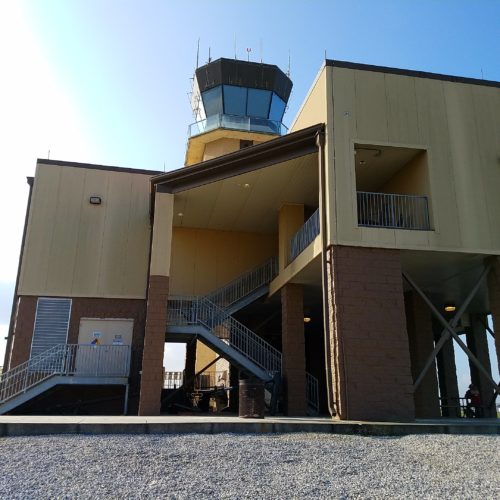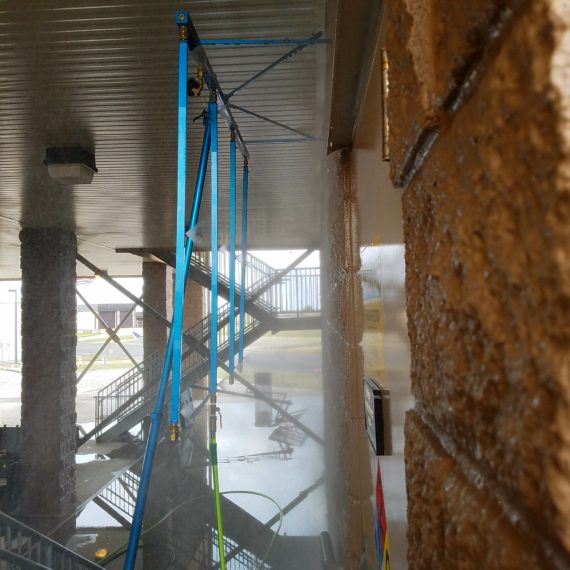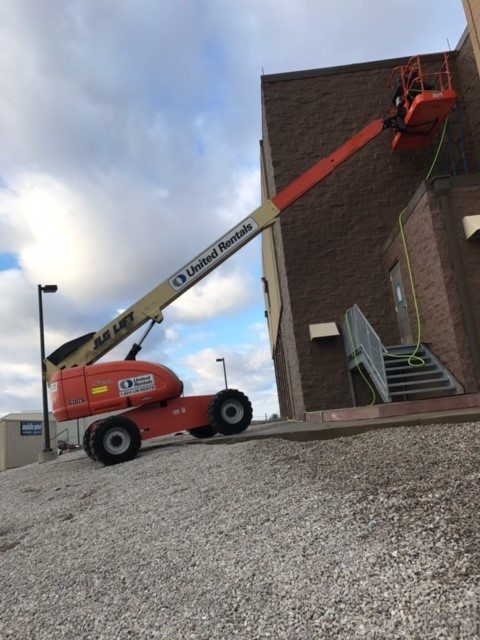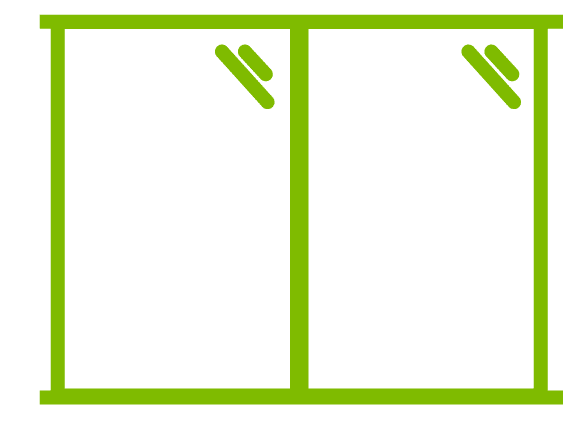Building Envelope Allies was asked to assess the water-tightness of the walls in an existing building where the exterior waterproofing system had failed and been replaced. This air traffic control tower building had experienced mold, water infiltration and insulation degradation due to a failure in the exterior waterproofing system. The interior was gutted and a new waterproofing system was installed on the exterior CMU Block. Building Envelope Allies was asked to assess the integrity of this newly applied system, utilizing the components of ASTM E2128, before the owner refinished the interior.

ASTM E2128
ASTM E2128 states in its scope: “This guide describes methods for determining and evaluating causes of water leakage of exterior walls. For this purpose, water penetration is considered leakage, and therefore problematic, if it exceeds the planned resistance or temporary retention and drainage capacity of the wall, is causing or is likely to cause premature deterioration of a building or its contents, or is adversely affecting the performance of other components. A wall is considered a system including its exterior and interior finishes, fenestration, structural components, and components for maintaining the building interior environment.”
ASTM E2128 gives a general framework for inspecting water infiltration in existing buildings, but it allows the inspection team to combine components of various testing ASTMs to create a common sense approach for inspecting a building. For this project, we utilized portions of AAMA 501.2, ASTM E1105 and ASTM E1186 to analyze infiltration sites in the CMU Block.


A hi-lift and spray rack system were used to apply water to the exterior waterproofing system following portions of ASTM E1105 procedures. Water was applied to each testing section for approximately 15 minutes and no interior pressurization or depressurization was introduced to the interior of the building. AAMA 501.2 testing was used in other areas of the building to check for water infiltration where ASTM E1105 testing would have been impractical.

The testing revealed that the newly applied waterproofing system was not effective. Water infiltration was noted in many areas of the building.

While the owner was not happy with the findings, the testing saved the owner thousands of dollars because the problem was found BEFORE the interior was refinished.
Please contact Building Envelope Allies if you have a project that requires air or water leak testing of windows, curtain walls, storefronts, etc.






